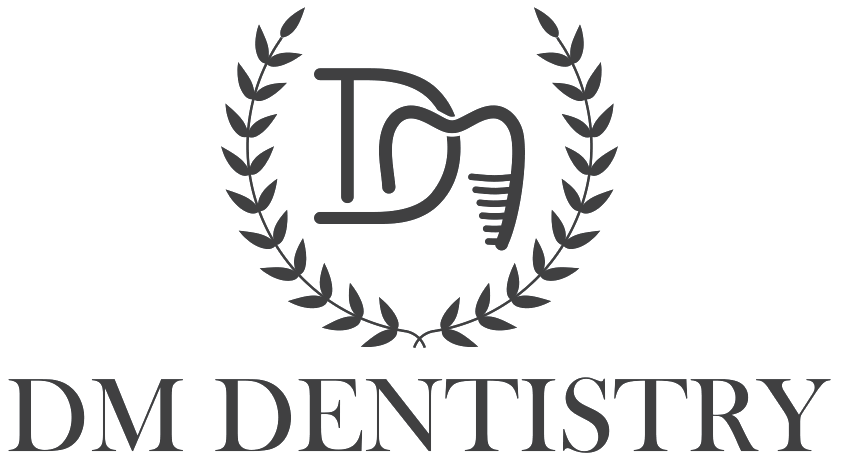Family Dentistry
Digital X-Rays in San Ramon
Patients sometimes wonder why X-rays are necessary during a general dentistry appointment. Digital X-rays allow dentists to see beyond what is visible to the naked eye, making it possible to identify developing oral issues early on. This early detection enables timely treatment, often with less invasive procedures. Read on to learn more about the importance of digital X-rays during a general dentistry visit.

